What causes speed deviation (dEV) in YASKAWA VS-686SS5 Inverter?
- LLeah MarshSep 10, 2025
If the YASKAWA Inverter indicates a speed deviation (dEV), check the load.

What causes speed deviation (dEV) in YASKAWA VS-686SS5 Inverter?
If the YASKAWA Inverter indicates a speed deviation (dEV), check the load.
What to do if YASKAWA VS-686SS5 displays overvoltage (OV)?
If the YASKAWA Inverter is showing an overvoltage (OV) error because the main circuit DC voltage has exceeded the OV level, try extending the deceleration time. If the issue persists, consider adding a braking circuit.
How to fix YASKAWA VS-686SS5 Inverter overload (OL2)?
If your YASKAWA Inverter displays an inverter overload (OL2) message, it means the inverter output has exceeded the overload level. To resolve this, try reducing the load. Additionally, consider extending the acceleration time.
Why is my YASKAWA VS-686SS5 Inverter showing an overheat alarm (OH)?
If the YASKAWA Inverter is overheating, indicated by an (OH) alarm, the transistor heatsink temperature has likely exceeded the allowable value (95°C). You should check the heatsink and ambient temperature. Also, inspect the filter and the fan for any issues.
What causes ground fault (GF) on YASKAWA VS-686SS5 Inverter?
If the YASKAWA Inverter indicates a ground fault (GF), and the inverter output grounding current has exceeded 50% of the inverter's rated current, check the motor insulation for any signs of deterioration. Also, verify that the connection between the inverter and the motor is not damaged.
What to do if YASKAWA VS-686SS5 Inverter shows load open-phase (LF)?
If the YASKAWA Inverter displays a load open-phase (LF) error, and the inverter output has an open phase, start by checking the output wiring. Also, check the motor impedance and re-tighten the input terminal screws.
How to troubleshoot transmission fault with transmission option (bUS) on YASKAWA VS-686SS5?
If the YASKAWA Inverter shows a transmission fault with transmission option (bUS), check the transmission devices and the transmission signals.
What does digital operator fault (OPr) mean on YASKAWA VS-686SS5?
If the YASKAWA Inverter shows a 'Digital operator fault (OPr)' because the digital operator was disconnected during operation by run command from the digital operator, check the wiring cable and the digital operator connection. Also, replace the control card.
How to fix phase Z pulse fault (ZdEV) on YASKAWA VS-686SS5?
If the YASKAWA Inverter displays a 'Phase Z pulse fault (ZdEV)' due to excessive speed deviation, check the PG wiring cable and connector. Also, readjust the zero-pulse.
What does control circuit fault 1 (CPF00) mean on YASKAWA VS-686SS5 Inverter?
If the YASKAWA Inverter displays a 'Control circuit fault 1 (CPF00) (Digital operator transmission fault)' error, where transmission between the inverter and digital operator cannot be established 5 seconds after supplying power, insert the digital operator connector again. Also, check the control circuit wiring and replace the control card.
| Model | VS-686SS5 |
|---|---|
| Category | Inverter |
| Input Frequency | 50/60 Hz |
| Output Frequency | 0-400 Hz |
| Control Method | V/f Control, Vector Control |
| Input Voltage | 380-480 VAC |
| Protection Features | Overcurrent, Overvoltage |
| Cooling Method | Forced Air Cooling |
Warnings and guidelines for wiring the inverter.
Detailed circuit diagrams for main and control wiring.
Precautions for wiring the main circuit input and components.
Precautions for connecting output terminals and motor leads.
Details the functions of main circuit terminals for 200V and 400V classes.
Diagrams showing main circuit configurations for various 200V models.
Diagrams showing main circuit configurations for various 400V models.
Details required parts and wire sizes for wiring.
Lists required parts and wire sizes for 400V class wiring.
Procedures for wiring the control circuit.
Requirements and methods for proper inverter grounding.
Items to check before performing a test run.
Steps for performing a test run of the inverter.
How to select and verify operation modes (LOCAL/REMOTE).
Procedures for setting and verifying parameters before operation.
Procedure for setting motor constants based on nameplate data.
Steps for setting motor constants and capacity.
How to verify motor speed detection and rotation direction.
Details steps to check motor speed detection.
Step-by-step guide for PG zero-pulse adjustment.
Start and completion steps for PG zero-pulse adjustment.
Warnings and cautions for PG zero-pulse adjustment.
How faults are displayed and how to reset them.
Safety warnings for maintenance tasks.
Cautions regarding electronic components and wiring during maintenance.
Table listing fault displays and their corrective actions.
Lists fault ranks and corrective actions.
How to diagnose and correct motor-related faults.
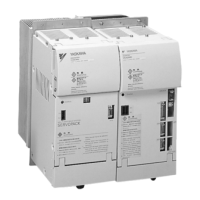



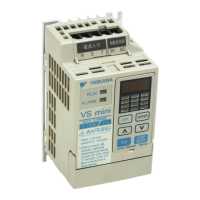
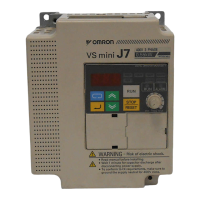
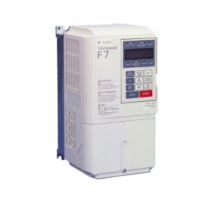
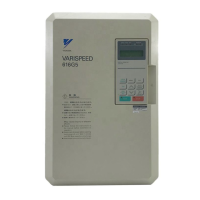
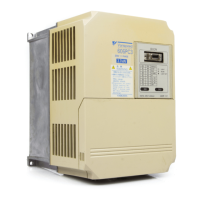
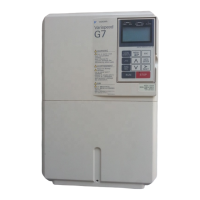
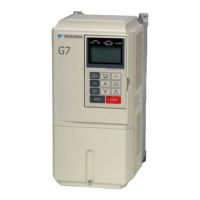
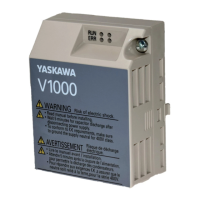
